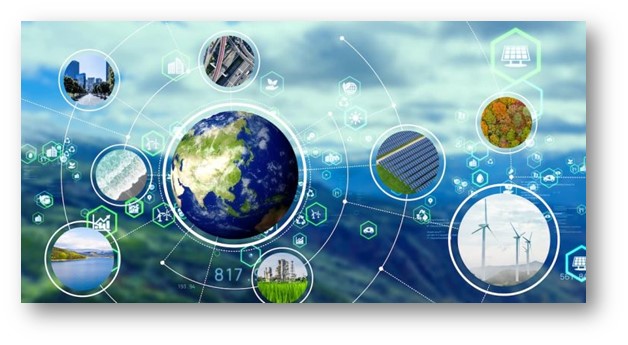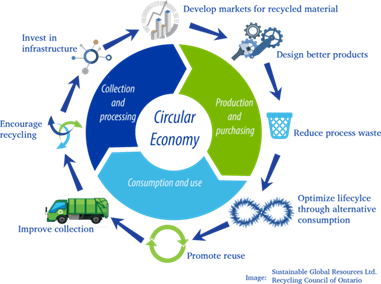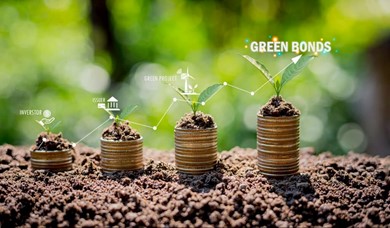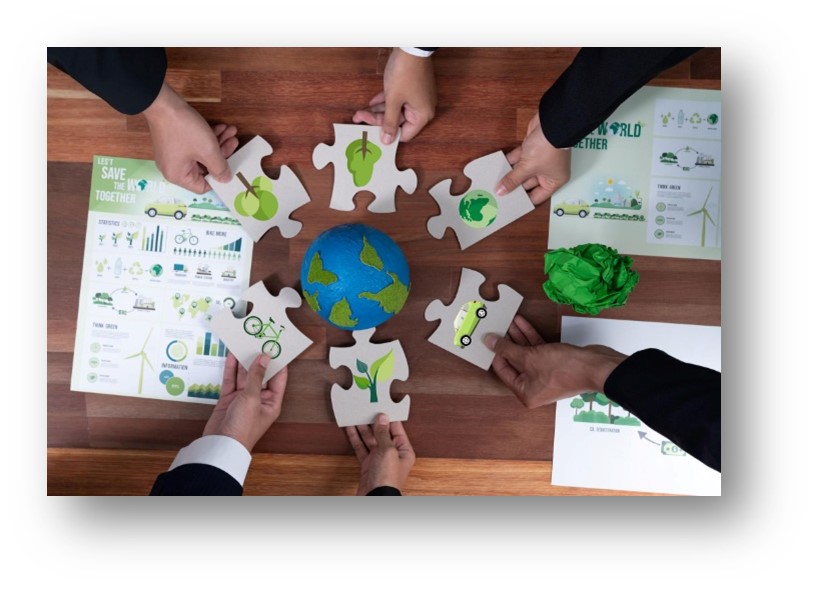How businesses are adapting to climate change

How businesses are adapting to climate change
by vivienne 10:08am Jan 04, 2025

Businesses around the world are adapting to climate change in a variety of ways, recognizing both the risks and opportunities that come with it.
Here are some of the key strategies businesses are employing to adapt to climate change:
1. Sustainability and Carbon Reduction
Carbon Neutrality and Net-Zero Targets: Many companies are setting goals to reduce their carbon emissions to net-zero by a certain date, often by 2030 or 2050. This includes reducing emissions from energy use, transportation, and production processes.
Renewable Energy Adoption: Businesses are increasingly shifting to renewable energy sources, such as solar, wind, and hydropower, to reduce their dependence on fossil fuels.
Energy Efficiency: Investments in energy-efficient technologies, from more efficient machinery to better building insulation, are helping reduce carbon footprints.

2. Risk Management and Resilience Planning
Climate Risk Assessment: Companies are assessing climate risks to their operations, including physical risks like extreme weather events (flooding, droughts, storms) and transitional risks (e.g., regulatory changes, shifts in consumer preferences).
Supply Chain Resilience: To ensure supply chain continuity, businesses are diversifying suppliers, building more flexible logistics networks, and considering localized production to mitigate disruption caused by climate-related events.
Infrastructure Adaptation: Businesses are upgrading infrastructure to withstand extreme weather, such as reinforcing buildings, elevating facilities in flood-prone areas, and ensuring water and energy resilience.
3. Circular Economy and Waste Reduction
Circular Economy Models: Companies are embracing circular business models that focus on reducing waste, reusing materials, and recycling products. This reduces environmental impact and dependence on raw materials.
Waste-to-Energy and Product Lifecycle Management: Many businesses are looking into ways to turn waste into energy or raw materials for new products, closing the loop of consumption and waste.

4. Climate-Focused Product and Service Innovation
Green Products and Services: There is a growing trend in businesses developing environmentally friendly products and services, such as electric vehicles, plant-based food alternatives, or eco-friendly packaging.
Eco-Friendly Technologies: Many tech companies are developing and deploying technologies that help consumers and businesses reduce their environmental impact, including smart grids, energy-efficient appliances, and carbon-capturing technologies.
5. Sustainable Finance and Investment
Green Bonds and Sustainable Finance: Some businesses are tapping into green bonds and sustainable investment funds to finance climate-positive projects, such as renewable energy developments and energy-efficient infrastructure.
ESG (Environmental, Social, Governance) Criteria: Many companies are integrating ESG criteria into their investment strategies and decision-making processes, focusing not only on profits but also on the long-term environmental and social impact of their operations.

6. Collaboration and Policy Advocacy
Industry Partnerships and Collaboration: Businesses are increasingly collaborating with industry groups, governments, and NGOs to share best practices, set standards, and influence climate policy.
Advocacy for Climate Action: Companies are also advocating for stronger climate policies, including carbon pricing, emissions reduction targets, and incentives for green technologies.

7. Consumer Engagement and Education
Transparency and Reporting: More companies are committing to transparent climate-related reporting, using frameworks like the Task Force on Climate-related Financial Disclosures (TCFD) to communicate their climate risks and adaptation strategies.
Consumer Education: Businesses are engaging customers in sustainability efforts by promoting green products, educating them about the environmental impact of their purchases, and encouraging sustainable behaviors.
By integrating these strategies, businesses are not only mitigating the impacts of climate change but are also capitalizing on new opportunities for innovation, market leadership, and consumer loyalty in a more sustainable economy.






